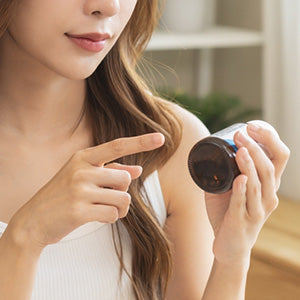The Hidden Toxins In Your Clothing

Increased consumer awareness around the dangers of synthetic dyes, polychlorinated biphenyls (PCBs), and phthalates in conventional clothing is fueling a drastic revolution in the fashion industry and popular clothing stores, like H&M, Levi’s, and the Gap, are beginning to turn their attention toward producing healthier and more environmentally-friendly clothing. [1]
How Clothing is Made with Toxic Chemicals
During the production of clothes, toxic chemicals are used in almost every step. Synthetic fabrics are dyed with man-made chemical dying agents, fabrics doused with toxins that make them immune to biodegradation, and many clothes contain buttons and accessories that contain known endocrine disruptors. Phthalates, for example, are sometimes found in buttons, and just a few of these worn on a person could, over time, contribute to hormonal imbalance. Common synthetic fabrics like nylon and acrylic are extremely toxic to the body and the environment. The Environmental Protection Agency reports that inhalation of acrylonitrile, the main chemical compound used to produce acrylic fibers, shows carcinogenic potential via inhalation. [2]
Formaldehyde is essentially “baked” into fabric to make it resistant to wrinkling, which is bad news because research shows that this chemical is a human carcinogen. While it’s nice to save time and not have to iron your slacks, at what cost is this convenience factor to our future health? Nonylphenols are another class of endocrine disruptors used in some dying applications, and we’re now detecting levels of this chemical in our water. It is painstakingly clear that, for the future of our health and our planet, we must advocate for a change in the way our clothing is produced. Otherwise, we will be faced with a silent environmental and health crisis, one that may take decades to overcome.
Ways You Can Produce Change
Just as with any health movement, one of the most substantial ways to assist change is to “vote with your pocketbook.” In other words, support companies that produce organic, natural clothing as much as possible. Look for clothes made from bamboo, organic cotton, or flax, and always choose clothes produced using natural dyes. Write to your favorite clothing manufacturers to inquire what they are doing to reduce their reliance on chemicals in their clothing production. Fortunately, choosing clothes made with natural fibers is becoming easier, and the more we support these companies, the faster we will see a change in the clothing industry.
References (2)
- Elizabeth Grossman. Cotton, Cashmere, Chemicals...What Really Goes Into Making Our Clothes? Ensia.
- EPA. Acrylonitrile. Environmental Protection Agency.
†Results may vary. Information and statements made are for education purposes and are not intended to replace the advice of your doctor. If you have a severe medical condition or health concern, see your physician.

Dr. Edward Group, DC
FOUNDER | HEALER | ADVOCATEDr. Group, DC is a healer and alternative health advocate, and an industry leader and innovator in the field of natural health who is dedicated to helping others. He is a registered doctor of chiropractic (DC), a naturopathic practitioner (NP), and proud alum of Harvard Business School and MIT Sloan School of Management. Dr. Group, DC is the founder of Global Healing – a mission and vision he has shared through best-selling books and frequent media appearances. He aims to spread his message of positivity, hope, and wellness throughout the world.










